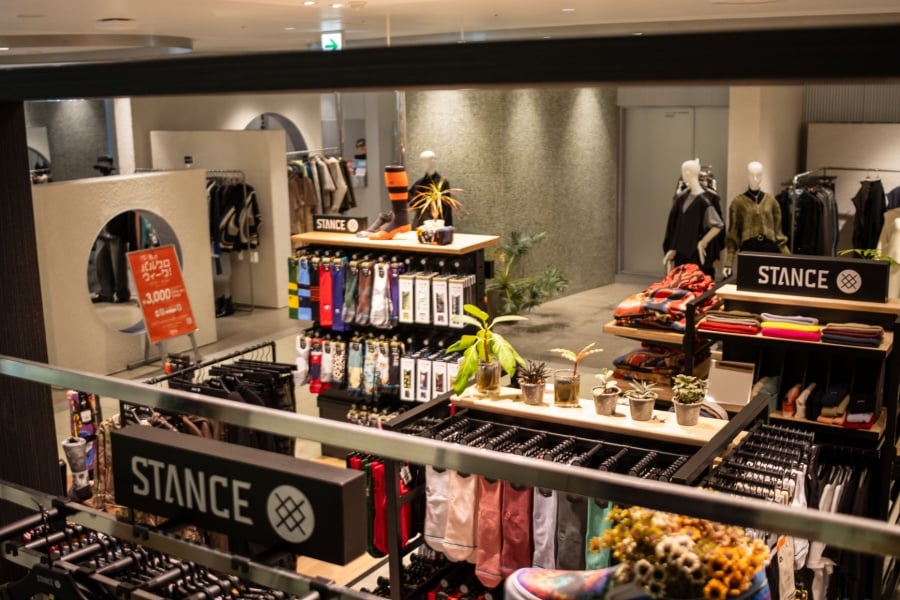Updated January 8, 2025
Sustainability is no longer just a buzzword—it’s a demand from today’s consumers. According to Mastercard, over half of global consumers prioritize brands that are transparent about their carbon footprints.
But transparency isn’t enough; consumers want measurable, authentic efforts to reduce environmental impact. As skepticism around “greenwashing” grows, brands must rise to the occasion by demonstrating tangible action.
Enter carbon offsetting—a practical and effective strategy for e-commerce businesses of all sizes to meet regulatory pressures and consumer expectations.
What is Carbon Offsetting?
Carbon offsetting enables businesses and individuals to neutralize their carbon emissions by supporting projects that reduce, remove, or prevent CO2 emissions elsewhere. Activities like forest conservation, clean energy initiatives, and sustainable waste management are examples of carbon offsetting projects. When a company offsets the carbon emissions it can’t eliminate, it becomes “carbon neutral,” meaning its net release of CO2 into the atmosphere is zero.
For e-commerce brands, carbon offsetting provides a flexible way to mitigate emissions from key operations like product manufacturing, logistics, and the last mile of delivery.
Why Carbon Offsetting Matters for E-Commerce
Improving Supply Chain Sustainability
E-commerce operations are notoriously energy-intensive, with emissions stemming from manufacturing, packaging, transportation, and delivery. The last mile alone accounts for a significant share of these emissions, as goods are transported directly to consumers.
Carbon offsetting enables businesses to reduce their environmental footprint without needing to overhaul complex supply chains. This approach ensures that companies can still provide the convenience of online shopping while actively combating climate change.
Showcasing Sustainability Credentials
Consumers today are hyper-aware of the environmental impact of their purchases. A 2023 report by First Insight found that 85% of consumers across generations prefer to shop with brands that demonstrate a strong commitment to sustainability. By integrating carbon offsetting into their operations, e-commerce companies can provide evidence of their efforts to reduce emissions and foster trust with eco-conscious customers.
Take the example of Flo & Frankie, a retailer that partnered with Greenspark to plant trees for every customer order. By transparently sharing the results of their carbon offsetting projects, such as the number of trees planted, they effectively attract and retain environmentally-minded customers.
Empowering Customers to Act
Carbon offsetting initiatives often involve the customer directly. For example, online retailers can offer shoppers the option to contribute to offsetting the carbon footprint of their purchase at checkout. This fosters a sense of empowerment and encourages eco-conscious habits, helping customers feel part of a collective effort to combat climate change.
The Role of Technology: Ryder E-commerce and EcoCart
Ryder, a leader in e-commerce fulfillment solutions, has partnered with EcoCart to offer e-commerce brands a seamless way to integrate carbon offsetting into their operations. EcoCart’s plugin calculates the carbon footprint of customer orders at checkout, typically adding a modest fee (1-2% of the cart total) to fund verified offset projects.
Projects supported by EcoCart range from forest restoration to renewable energy development, all rigorously vetted for their impact and accountability. This partnership has already enabled brands like H&M, Goop, and G-Star Raw to collectively offset over 4 million pounds of CO2 and save more than 135,000 trees.
Making Carbon Offsetting Work for Your Brand
Assess Your Carbon Footprint
Before implementing a carbon offset strategy, businesses must understand their emissions across the supply chain. Identify high-impact areas, such as warehousing, transportation, and packaging, to target reductions and ensure offset projects align with your sustainability goals.
Choose Relevant Offset Projects
Selecting offset initiatives that resonate with your brand values and operations is key to authenticity. For instance, a fashion brand might support sustainable textile recycling programs, while a food retailer could fund agricultural carbon sequestration projects. Localized initiatives that connect to your supply chain or customer base add credibility and relevance.
Communicate Your Impact
Transparency is vital. Share your sustainability journey through dedicated environmental impact pages, live trackers, and storytelling across marketing channels. Highlight specific projects supported and the quantifiable outcomes achieved, such as tons of CO2 offset or trees planted. This not only builds trust but also strengthens emotional connections with your audience.
Engage Customers Throughout the Experience
From checkout to post-purchase communications, integrate sustainability messaging into every touchpoint. Provide customers with updates on their contributions and celebrate milestones to foster a sense of shared achievement. Social media campaigns, newsletters, and packaging inserts are excellent ways to keep customers engaged.
Why Carbon Offsetting Drives Business Results
Carbon offsetting is not just an environmental imperative—it’s a business opportunity. Brands that integrate offsetting into their operations see higher customer loyalty and increased conversions. According to EcoCart, brands using their plugin experience an average conversion boost of 14%, as customers are drawn to companies that align with their values.
Looking Ahead: The Future of Sustainable E-Commerce
The e-commerce sector is at a pivotal moment. As consumer expectations for sustainability continue to rise, businesses must embrace innovative solutions like carbon offsetting to stay competitive. Partnerships like Ryder and EcoCart demonstrate how collaboration and technology can drive meaningful change while creating value for customers and the planet.
By prioritizing transparency, aligning offset initiatives with brand values, and empowering customers to participate, e-commerce brands can build a reputation as sustainability leaders.




